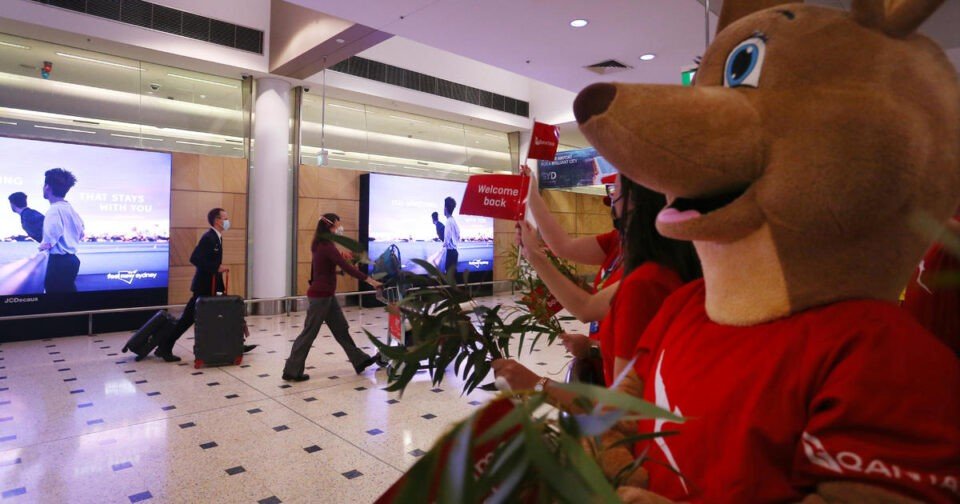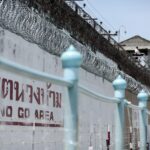Western Australia has reopened its borders nearly two years after first sealing them to international visitors and other Australians because of the coronavirus pandemic.
The Australian state is the last to drop its travel entry ban, four months after the nation’s biggest city Sydney welcomed back international travel.
Western Australia insisted its policy was needed to stop the virus spreading.
But critics attacked it for separating families in the same country.
The state was dubbed a “hermit kingdom” for the hardline policy. Its Premier Mark McGowan was compared to North Korean dictator Kim Jong-un by the boss of Australian airline Qantas last month. Alan Joyce later apologised for his remarks.
Authorities said they expected more than 8,000 arrivals on the first day of the state’s re-opening.
Only visitors who are triple vaccinated are allowed to enter the state without quarantining. Arrivals must do a rapid antigen test within 12 hours of arrival, and report the case if they test positive.
Australia nationally had adopted some of the strictest travel restrictions in the world to manage the onset of Covid. The nation kept its borders shut to international visitors from March 2020 until last month.
But internally, there were also fierce and bitter disputes between states who’d closed their borders to others. The two most populous states, New South Wales and Victoria, reported more than 70% of Australia’s cases.
Western Australia, which encompasses the entire western half of the country, had only reopened its borders to other states for a few months since the pandemic began. The arrival of Delta and then Omicron variants prompted a border lockdown again.
Despite anger from other Australians, the move was largely supported by Western Australian residents, who rarely experienced a lockdown or restrictions due to the near-zero case rate.
Premier McGowan has attributed the state’s Covid success to the border policy. Western Australia reported just 10 of Australia’s 5,269 deaths recorded during the pandemic.





